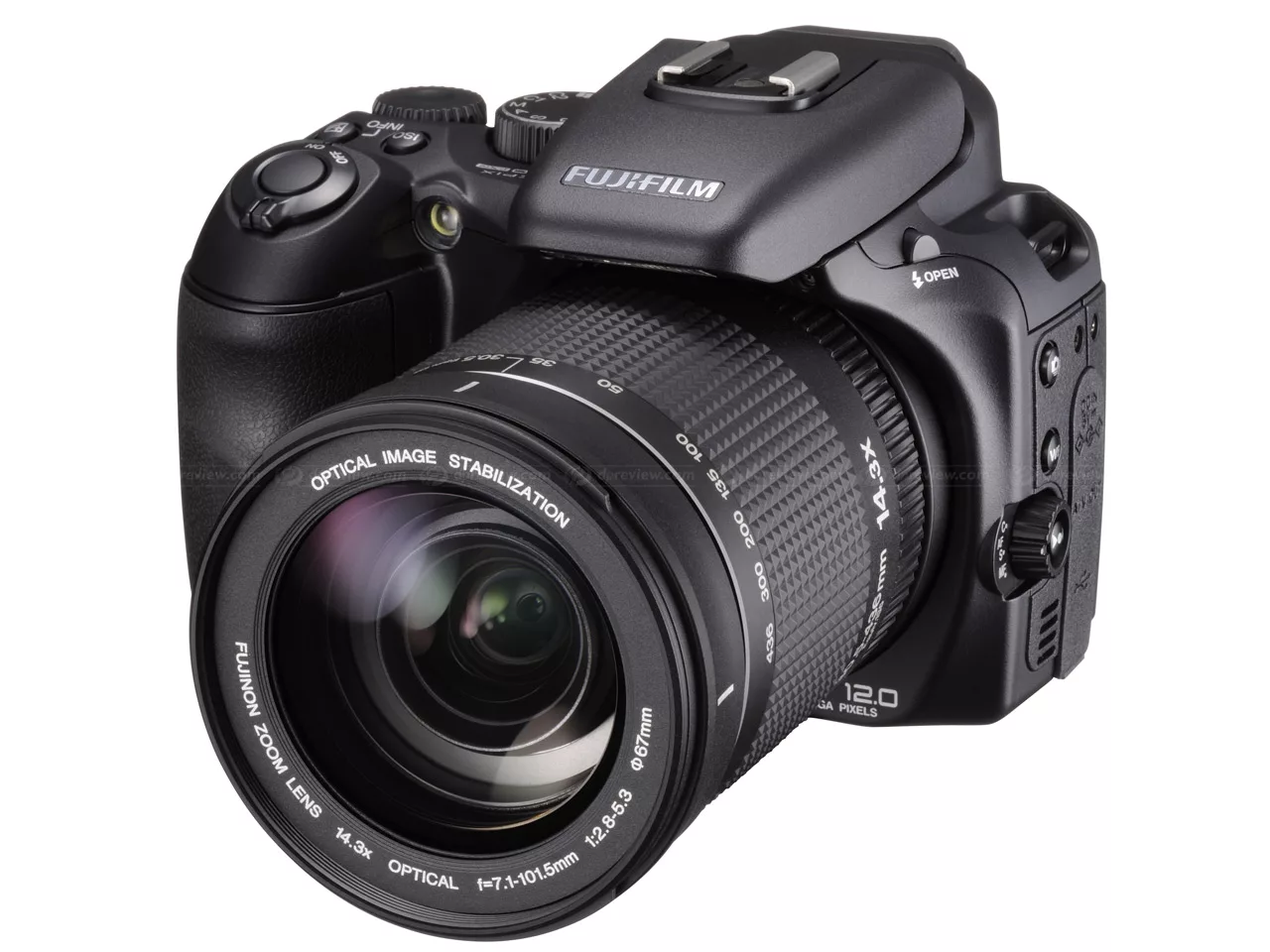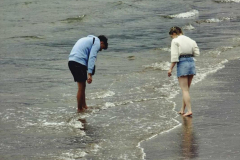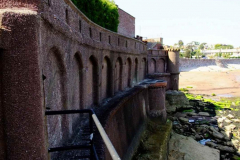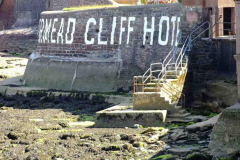The Fujifilm FinePix s200EXR, launched back in July 2009 may be nearly 15 years old but is it worth buying in 2023 given the competition from newer and undoudtably better CMOS sensor cameras? Let’s find out.
Short on Time? Here’s a summary of my thoughts on the Fujifilm Finepix s200EXR
Choosing to shoot with CCD sensor cameras like the Fujifilm FinePix s200EXR is a great way to get back to my roots. I started shooting and developing film back in the 1980’s, well, didn’t everyone, and I have always loved the look of film. Through the various years I have of course used digital and some of these have been CCD cameras, I just didn’t think about it in the same way I do now.
For me, CCD cameras are a way back to the look of film but without the cost. I love working with film and as I write this I have five film cameras loaded with film ready to shoot and develop, both colour and B&W. I enjoy the whole experience of shooting film and I don’t intend to stop. That being said, it’s not cheap to shoot film in 2023 so exploring the world of CCD sensors is for me another way of getting to a similar result.
So what about the Fujifilm FinePix s200EXR. Well, in anyones book this is an exceptional camera. A successor to the fabled Fujifilm FinePix f31fd albeit somewhat downstream and in bridge format, this camera is not small. That being said if you like what you read here, you could opt for the f200EXR version which offers the same technology but in a Compact syle albeit that it only has a 5x optical zoom. That being said, it is practical, pockatable and very very usable. More on this camera later.
From my brief examination, the images the s200EXR creates can include the finest details or can be very film-like in nature, it’s your choice. It’s great in low light, the inclusion of EXR technology helps here enormously as does the 1/1.6″ Super CCD sensor and the fact that we are only talking about a 12MP sensor. The fact that you can opt for full manual control using the PASM settings makes it even more attractive to more seasoned photographers. This is not just a point and shoot camera although if you want it to be, it does that more than adequately.
On the down-side for new photographers looking or something a little smaller it’s look might be a little off-putting. However, suck it up and stick it on Auto or EXR modes and you really can’t go far wrong with the s200EXR, it simply can’t fail to take great photos.
As I mentioned it is the bulky side and it’s a little noisy as there is a constant whirring that you can hear all of the time. I’m thinking a small motor here, perhaps associated with the autofocus. It’s not oppressive but it’s there. As for all old cameras, it’s not the fastest once you’ve clicked the shutter but it’s quick enough. I never felt I was waiting for the buffers to clear although I have to say, I was using a fast SD card. Unlike many cameras, the s200EXR does support SDHC cards and mine is a Lexar 32GB with a fast transfer rate.
Happy to learn more? Let’s dive into a bit more detail
This article is not going to give you a complete breakdown of specs or wax lyrical about the functions that you can expect to find on the Fujifilm FinePix s200EXR. You’re probably reading this because the s200EXR has caught your eye and you already know how good a camera it is technically. For that reason I am only going to touch on the headlines for this camera. More importantly, I am going to be asking and answering the question, is there a place for the Fujifilm FinePix s200EXR in 2023.
Let’s talk about form, fit & function
The Fujifilm FinePix s200EXR is very reminiscent of the DSLR and size wise, it’s about the same size as my Nikon D600. Featuring an advanced super zoom, the s200EXR is the successor to the FinePix S100FS and incorporates the same 12MP Super CCD EXR sensor. It offers an optically-stabilized 14.3x (30.5-436mm) manual zoom lens plus CCD-RAW (EXR) and JPEG shooting and three bracketing options. It also includes a new Pro Focus and Pro Low Light mode and improved battery life.
The sensor used in the Fujifilm FinePix s200EXR has already won great acclaim with the FinePix F200EXR. Now, combined with the more powerful 14.3x lens, it’s capable of delivering amazing results. To achieve this, the Fujifilm FinePix S200EXR offers 3 switchable modes of operation in one sensor:
- High Resolution (HR) mode, which deploys all 12 million pixels to offer the finest detail of intricate subjects when light is full and even;
- Wide Dynamic Range (DR) mode, which captures different exposures with two sets of 6 million pixels, which, when combined, gives an excellent level of detail in highlights that would otherwise be lost.
- High Sensitivity and Low Noise (SN) mode, which caps two adjacent pixels together to produce 6 million large photodiodes, which are big enough to absorb light in the darkest of conditions, to produce low-light shots of extraordinary quality with minimal noise and grain.
In addition, and this is a great option for many situations, you can just set the camera to EXR Auto mode and let the camera analyse the scene and choose the most appropriate mode for itself. And yes, this works really well.
These points aside, the Fujifilm FinePix s200EXR fits the hand nicely although it does feel a little bulky especially given that many of the tiny compacts of the day were credit card sized or just slightly bigger yet offered stunning performance. Because of it size it is able to feature a 2.7 inch LCD and a largish electronic viewfinder. If you want to read an in-depth article on the Fujifilm FinePix s200EXR then visit https://www.photographyblog.com/reviews/fujifilm_finepix_s200exr_review for a full overview.
A benefit of the bridge design is that it fits the hand really well. You don’t think that you are going to drop it at any moment. It also houses a bigger battery so more shots per charge. Yo’ll be glad of this on a long day out and about.
With regards everyday usage, if you can shoot with a DSLR and you are a competent photographer, you are not going to be phased using the Fujifilm FinePix s200EXR. Everything is easily to hand, the menus are clear, concise and functional and the camera is designed to cater from those who only want to point & shoot right through to pros who want to fine tune every setting and shoot manual modes for total control.
Other Formats
The sibling to the s200EXR, the equally capable f200EXR is tiny in comparison yet offers many of the benefits of the s200EXR bridge version. Admittedly you only get a 5x zoom (as opposed to 14.3x on the s200EXR) but the f200EXR is a very pocketable and capable camera with impressive specs such as a 1/1.6-inch Super CCD EXR sensor which it shares with the s200EXR. Given that the vast majority of compacts, and indeed bridge cameras offered 1/2.3″ sensors at this time, the s200EXR and the f200EXR were way ahead of the game in 2009. A fast f3.3 to f5.1 means you can again get decent results at all focal lengths and in low light. If you want a full overview of the f200EXR then visit https://www.photographyblog.com/reviews/fujifilm_finepix_f200exr_review

A forerunner to bigger and better cameras to come
The Fujifilm FinePix s200EXR was the forerunner to some of the outstanding Fujifilm cameras to come. These include the fujifilm x-100v, x-T5 (and earlier versions) and the street-wise x-pro range of cameras that are all available today.
Of course today’s cameras offer specifications not even dreamed of in 2009 but much of what is found in today’s fuji’s can be seen in these earlier versions, for example enhanced Enhanced Dynamic Resolution and jpeg presets like Fujifilm Velvia, Provia, Astia etc. Fujifilm were clearly focused on being very different to other camera makers in this respect.
My only sadness, they never did a deal with Kodak (well, why would they) to use a Kodak CCD in their cameras as did Olympus to great effect with their hugely successful Evolt models which include the Evolt E1, E300 and E500.
Let’s look at some images.
Why buy an old 2009 camera in 2023?
If you are just getting into photography then you will most likely be astounded by the prices of some of the most sought-after CMOS mirrorless cameras available today. Even cameras like the ancient Nikon D600 I own can still set you back several hundreds of pounds and the big hitters out there, the likes of Canon, Nikon and Sony with their new 35mm mirrorless ranges we are talking £000’s of pounds, not hundreds. And that’s just for the bodies! Double and triple those prices for good glass. Are you really that good or that committed a photographer to want or need to sit in that company?
Assuming that you are a gifted amateur with an eye for a good photo, perhaps a club photographer with competitions in mind, there can be a tendancy to think that expensive gear is going to make you a better photographer. Perhaps it will, who knows. In my experience there is very little correlation between spending lots of money on the most expensive gear and taking memorable, noteworthy photographs!
Alternatively, you can come at this from a totally different perspective. Buy cheap but clever and learn how to create the best images with what you have and can afford rather than lust after gear that will bankrupt you and never make you a better photographer.
Why CCD?
My last use of CCD technology was with the Nikon Coolpix E7600 which Is a great little camera of it’s time. It was so good that I recently bought another one to replace the one I lost back in and around 2016 or so. Here’s an SOOC image from that little beauty.

The fact is that cameras from the golden age of CCD tecnhnolgy produce some of the most enigmatic images ever created and to be honest, a good camera in 2009 is still going to be a good camera in 2023 in the right hands.
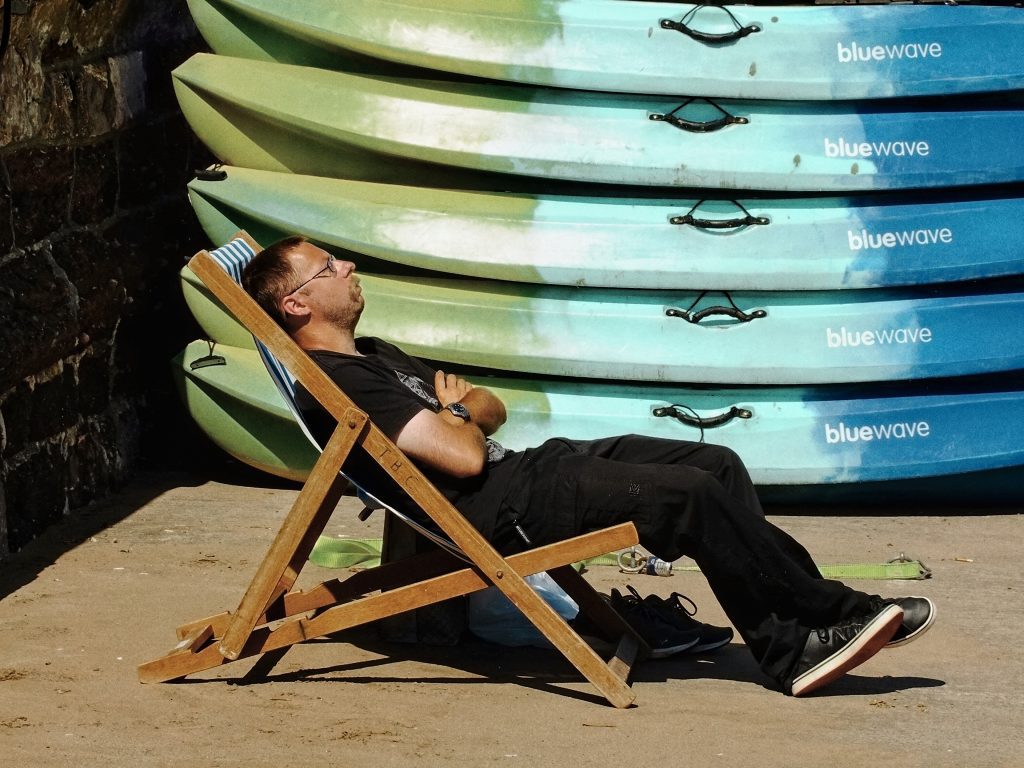
If you look on Ebay you will find thousands of CCD cameras available to buy with prices from a few pounds to many hundreds of pounds. Many though can be bought for as little as £50 and some of these really are worth buying. The Fujifilm FinePix s200EXR I am using here cost me just £20 although it did come untested and without a charger etc. I bought it on a whim and it paid off. I got lucky. This camera has been clearly stored away for many years and was “as new”. I also got lucky with a few other cameras including an Olympus E-Pen-E-P1 which takes amazing photos for it’s age and a £5 Casio Exilim ex-z850 which is phenominal for it’s size.
In summary then, if you are looking for the very best in CCD performance on a limited budget, the Fujifilm FinePix s200EXR really should be on your buy list. It creates amazing photographs today that will stand up against many of the more modern cameras we are familar with. And with BUY NOW prices of between £40 and £100 on Ebay it’s a steal plus if you are brave, you might even get it cheaper.
So yes, the Fujifilm FinePix s200EXR is definately a camera for today as it was back in 2009 when it launched. It offers the pro a different take on photography, one much more akin to film but without the hassle while for the gifted amateur photographer it can be whatever you want it to be. Irrespective of whether you want a point and shoot or a fully manual camera where you make the decisions, you’ve got it. It’s utilisation of EXR technology which in the case of the s200EXR means extended dynamic range, better low light performance at higher ISO plus higher resolution should you need it means that every base is covered with regards to picture quality. Couple these to a high quality 14.3x optical zoom, an integral flash for night and creative shots and Fujifilms unparalled utilisation of colour science and a useful range of scene modes and you can’t really go wrong with this camera.
Go get yours today!
Enjoyed this article? Why not take a look at these…
- Ebay buyers beware. Not all sellers are as honest as they say!
- Can a CCD sensor be as good as film? Let’s find out!
- Got Some Expired 35mm film – Let’s Shoot it
- Cheap Photography on a Budget
- A Quick Way to Edit a 35mm Colour Negative
- What makes a good photograph?
